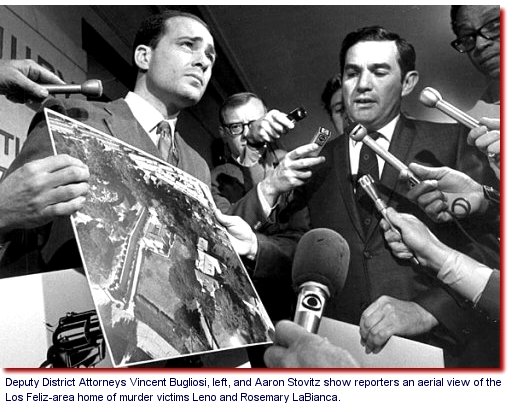courtesy of amazon.com
I've spent the past week and a half doing three things: drafting a review on a vegetarian restaurant that was wonderful to eat at but could not "pop" as an article, reading a book (Wild Swans) about the various horrors of being caught up in several huge historical movements one after the other, and reading another book, Just Food, on sustainable eating for the next century. These are activities that are unlike only on the surface: vegetarian restaurants are by their nature political beasts, and even though they serve an absolutely killer linguine with Gorgonzola-and-squash sauce they have to be considered as a statement on more than simple culinary pleasures. (As they themselves acknowledge through their policy of donating money from various dishes and substitution requests to selected charities.) Wild Swans contained so many descriptions of various famines that I found myself raiding the kitchen repeatedly. (Books about hunger do that to me, I must've spent endless sums of money on snacks when I read The Carpenters: The Untold Story. I think that was when I discovered Dunkin' Donuts pumpkin muffins. But I digress....)
Just Food caught my eye because I'm a historian, and I'm interested in ethical eating. These are two things I share in common with the author, James McWilliams. Unfortunately, the book would be stronger if he spent more time talking about history or food. Instead, he talks endlessly about crop yields and food miles.* These are important subjects, but a too-rapid change in tone from an amusing and refreshingly honest first chapter's spiel on the first world hypocrisy of the organic movement and how farmer's markets cater to yuppies.
This book answers the question "is obsessing about sustainability a self absorption of the privileged world?" with a yes, but with a corollary: an assertion that such obsession is our duty, as privilege brings responsibility. However, our near-total inability to really look at the facts (eg: that we need to radically change our diet or we're all going to wind up starving) is probably going to mean our doom. This is an issue which really hits home if one has been reading a book in which the heroine/author starves during the Cultural Revolution because Chairman Mao had absolutely no grip on the basic precepts of agriculture or economics. Unfortunately it also triggers one to think about how much more gripping and visceral the book about starving on a commune was, and how the book about starving on a commune got me to really appreciate that day's lunch of leftover veggie curry and rice. It also got me humming "Holiday in Cambodia" and more soberly thinking about how quickly society can go completely insane, but sadly, it didn't really get me all that interested the following numerous pages of statistics on global rice yields.
I think Just Food is an important book, and I'm not just saying that because he condemns meat eating as a completely unsustainable practice. It brings to light many pious hypocrisies -- on both sides -- that need to be exposed. However, it suffers from telling too much and showing too little. Keeping genetically modified crops out of sub-Saharan Africa might be a humanitarian disaster, but he doesn't talk about the people involved, he just talks about GM corn's resistance to the corn-borer.
*Which, much like the terms "free range" and "organic" is a buzzword that tells you next to nothing about a food product's carbon footprint.










